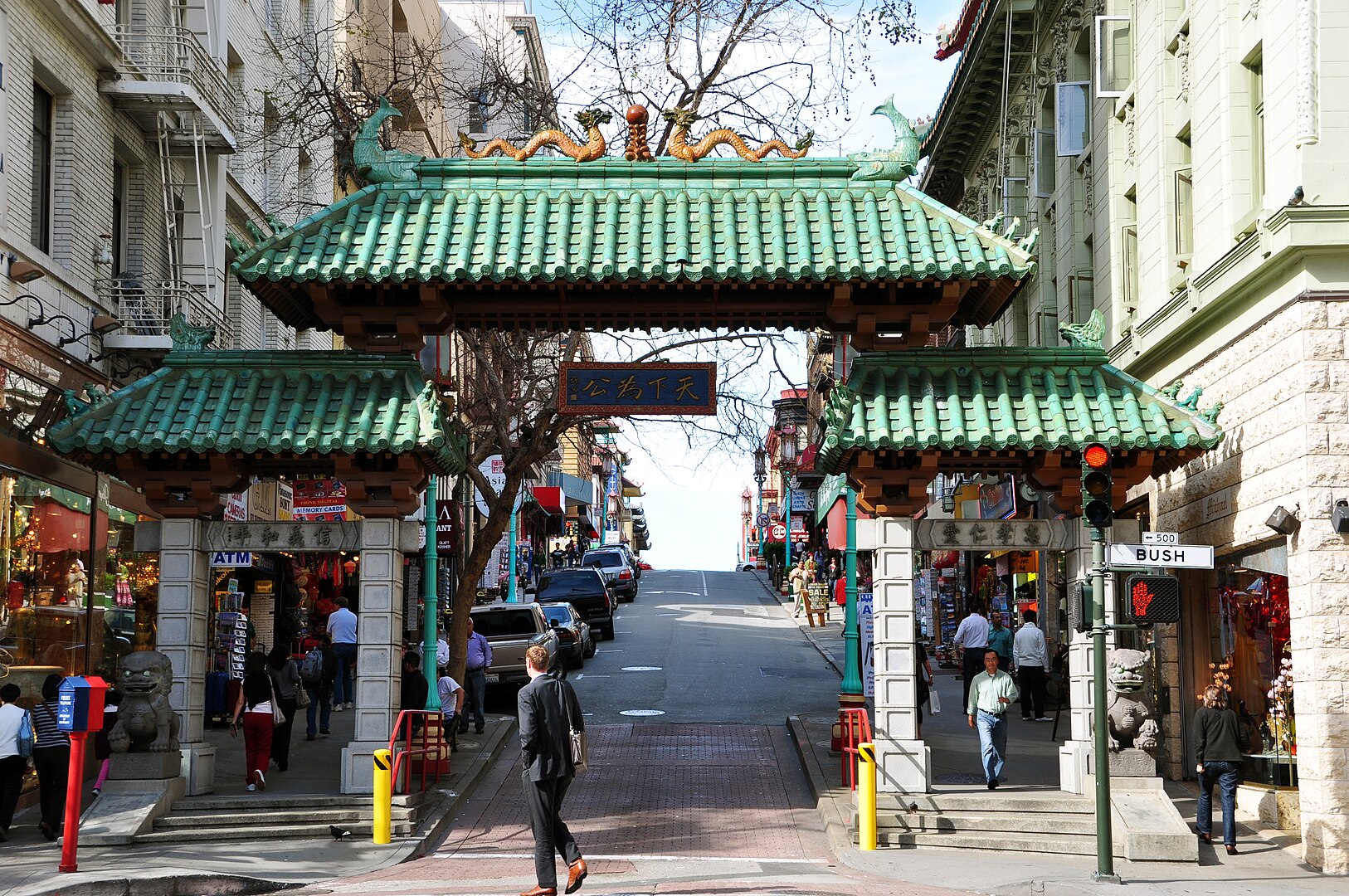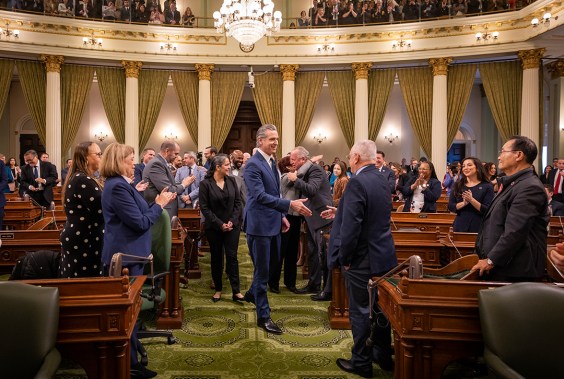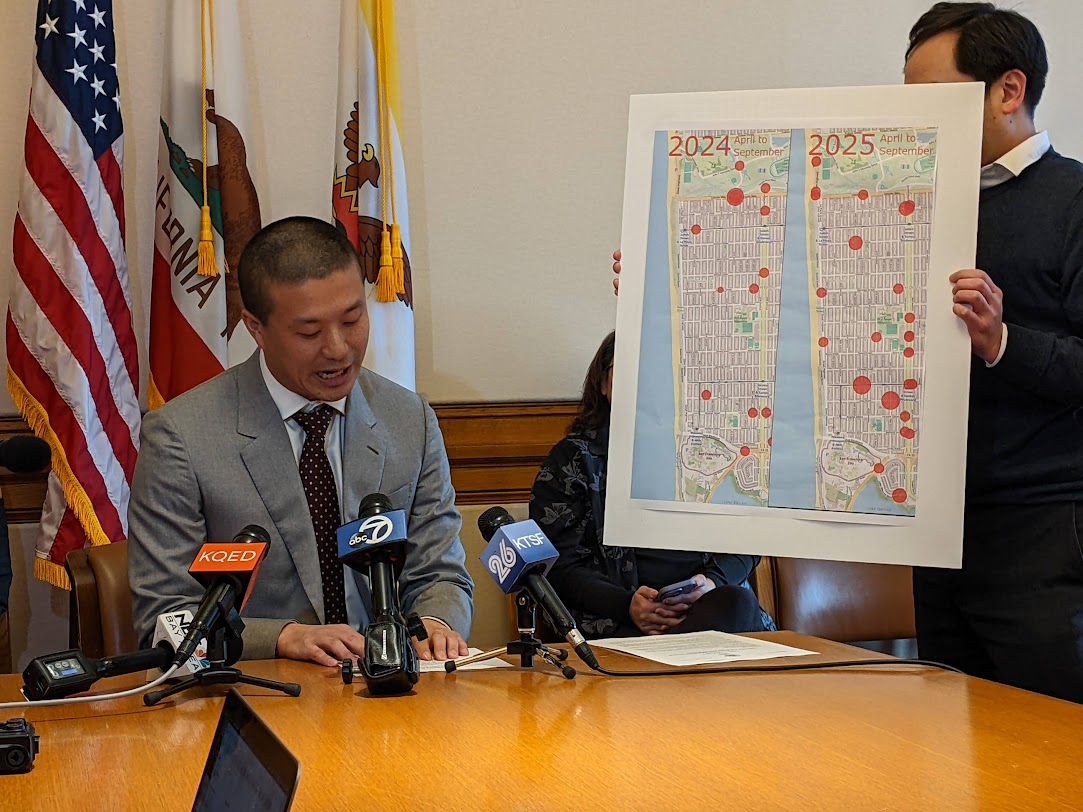For two years, the San Francisco Municipal Transportation Agency (SFMTA) has been conducting community engagement to guide development of a new Biking and Rolling Plan, the first update to the city’s comprehensive plan for active transportation since 2009. The goal is a biking and rolling network that should connect every neighborhood in the city, but should also take into account the specific needs and desires of communities that have experienced past harms from city planning.
Now that goal is in peril. Last month, one neighborhood, Chinatown, was exempted from inclusion in the Biking and Rolling Plan.
To understand how necessary the goal is, it’s important to understand what issue the Biking and Rolling Plan aims to address. A recent survey by the SFMTA shows that 29% of residents, over 225,000 people, bike or roll at least once per week; fully 80% of residents report being interested in biking and rolling in SF.
If you live in the city, you are very likely one of those people. And if all of you who want to bike or roll felt you could make that choice, the benefits for San Francisco would be enormous. The entire city would have cleaner air — transportation is our largest source of air pollution — and there would be less traffic congestion for those who must rely on cars, like seniors and people with disabilities.
If you choose not to bike or roll, you likely don’t feel safe from conflict and collisions with cars. It does not have to be that way. The city that the San Francisco Bicycle Coalition envisions would provide everyone using different transportation modes with their own clearly defined spaces., With your own travel lane, you could feel safer, more confident, and more civil on our streets — no matter what mode you choose. Presently, only 8% of the city’s bike infrastructure is separated or protected from car traffic, and those lanes are poorly connected to each other.
Exempting just one neighborhood threatens the core idea of connectivity. Several San Francisco neighborhoods, including Chinatown, have a legitimate argument that their community requires special consideration, because of historic impacts of racist planning decisions, cultural specificity, or infrastructure peculiarities. SFMTA must engage communities deeply to gather input and equitably integrate them into the citywide biking and rolling network.
To the agency’s credit, it has been deliberate in its engagement, centering equity and collaborating with community-based organizations to do intensive outreach in neighborhoods that have historically been left out of transportation planning conversations. (For full disclosure, until recently the SF Bicycle Coalition held a contract for citywide engagement for the Biking and Rolling Plan, though our contractual obligations have concluded.)
Responding to community concerns by removing one specific neighborhood from the plan — rather than doubling down on engagement, listening, and collaboration — introduces significant hazards for the entire plan. As Mayor London Breed recently pointed out, “this is an urban, growing city, and we need to make sure that our infrastructure helps to address the growing needs, which includes … protected bike lanes” and a range of safe transportation choices. If this is the direction that the entire city is headed, does it benefit a neighborhood to deny them inclusion in one of the ways that more and more people choose to get to work, businesses, and school?
More worryingly, opponents of safe bike infrastructure certainly aim to replicate this example, to forestall progress in other neighborhoods. Unless city leaders maintain resolve in the face of opposition, the dream of a truly interconnected network will become riddled with holes, like so much Swiss cheese. And the people of San Francisco will continue to navigate a city with too few transportation choices and too many clogged, dangerous streets.
This is not the city that people who live and work in San Francisco want. They want a city with many sustainable transportation options that reflect the city’s values. In that city, people on bikes can experience more joy and connection with their neighborhoods, and less fear. Families can ride with their children to school or the park. People behind the wheel can enjoy less crowded streets and the certainty that the lane they’re driving in is dedicated to vehicles their own size. This future city can be more interconnected, more human, more livable.
We must imagine and build this city now. The city is indeed growing, and more dense housing will be built. If we don’t plan for clean, spatially efficient transportation, our inaction will create traffic-choked streets and unbreathable air. Every corner of the city will feel the impact.
Over the past several years, Mayor Breed has voiced her support for biking and rolling infrastructure. Now is the time, during this tough and crowded reelection campaign, to remind the mayor, as well as her opponents, that voters want the future city that the Biking and Rolling Plan can help create. In this moment, a strong leader should face controversy with engagement, discussion, and a hopeful articulation of a vision — not take an entire neighborhood off the table, and certainly not allow the vision to become Swiss cheese. All the mayoral candidates need to hear that an interconnected, dedicated biking and rolling network must be a feature of our city’s transportation system. Implementing a visionary Biking and Rolling Plan can get us there.
***
Christopher White is Executive Director of the San Francisco Bicycle Coalition. A version of this piece also appeared in the San Francisco Examiner and is published here with the author's permission.






